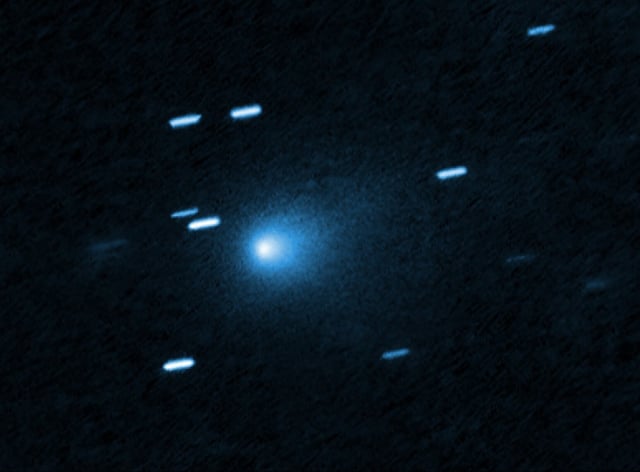Overview
- A new arXiv preprint recommends leveraging existing probes — including Psyche, Mars orbiters, Juice, solar observatories, Europa Clipper, Lucy and Hera — to secure measurements that ground telescopes may miss.
- The team argues some spacecraft could even pass through the coma to directly analyze dust and gas, enabling tests of competing origin and composition models.
- 3I/ATLAS, detected by the ATLAS survey in early July and confirmed via precovery images back to mid-June, is the third known interstellar visitor to the Solar System.
- The comet is due at perihelion on 29 October at roughly 203 million km from the Sun and will be hard to see from Earth as it sits behind the Sun, then approaches Earth to about 269 million km around 19 December.
- Speculation by Avi Loeb that the object might be artificial has drawn attention, yet the prevailing scientific view holds 3I/ATLAS to be a natural comet.
